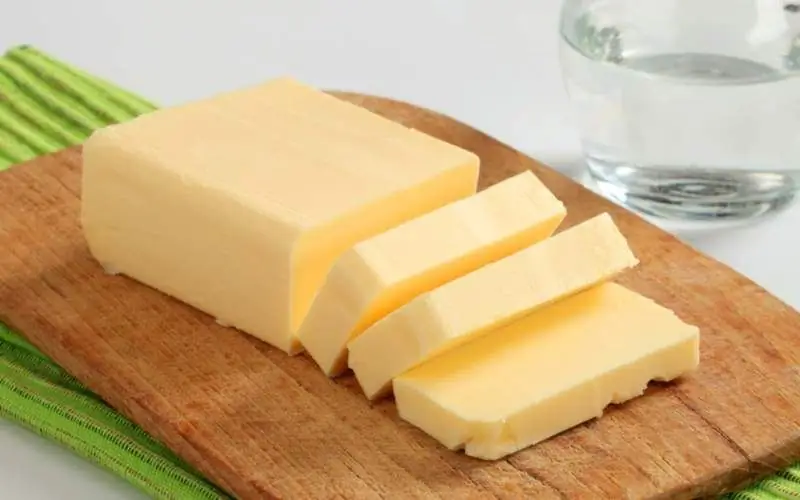
Table of contents:
- Author Bailey Albertson [email protected].
- Public 2023-12-17 12:53.
- Last modified 2025-01-23 12:41.
Traditional, peasant, amateur: how different types of butter differ
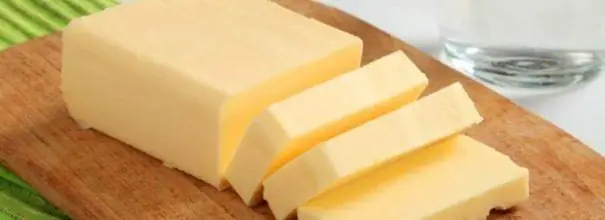
Butter is a very popular and widely used product in cooking. But on the shelves you can see so many different types: peasant, amateur, sandwich, tea … What is the difference between them? Consider all types of butter.
Types of butter by fat content
The beautiful names indicated on the packages of butter are a classification according to the degree of fat content. In Russia, the following markings are adopted for different types:
- "Traditional", fat mass fraction - 82.5% (for baking and frying);
- "Amateur" - 80% (for baking);
- “Peasant” - 72.5% (for baking);
- "Sandwich" - 61% (for sandwiches and cookies);
- "Tea" - 50% (for sandwiches and cookies).
In Russia, there is also an indication prohibiting the use of certain components in different types of oils. Thus, table salt, carotene, bacterial preparations and concentrates of lactic acid microorganisms are prohibited in the "Traditional", "Amateur" and "Krestyansky" oils. And in "Sandwich" and "Tea", in addition to this, you cannot also use flavors, vitamins A, D, E, preservatives, consistency stabilizers and emulsifiers.
Sweet cream and sour cream butter
Most of the assortment presented in Russian stores is sweet butter. It is made on the basis of fresh pasteurized cream. This oil has a characteristic sweetish flavor and goes well with desserts. For example, Baked Milk cookies with a thin layer of sweet butter are a favorite delicacy of many Russians.
But it is still difficult to find sour cream in our stores. Today the most common brands are FIN and President. Such butter is made from cream fermented with lactic acid ferments. It has a characteristic taste that gives off sourness. This oil is suitable for baking, but the flavor of the resulting dish will be slightly different from the usual. Here, as they say, the taste and color.

Sour butter does not look different from sweet cream
First and highest grade - is it worth overpaying
All oils that go on sale in Russia must undergo organoleptic control. This means that a panel of experts assesses them for taste and smell, as well as consistency, appearance, packaging and labeling. Products receive total scores from 1 to 20 points.
The first grade consists of products that received from 11 to 16 points. The minimum assessment of the taste and smell of such oils is 5 out of 10. The highest grade is oils that have received an assessment from 17 to 20 (taste and smell - at least 8 points). Therefore, it is usually best to buy a product labeled "Premium", but for baking, you can limit yourself to the first grade.
The assortment of butter in stores is huge. But if you know exactly what product you need, you can easily understand all the variety of packages.
Recommended:
Chamora Turusi Variety Of Garden Strawberries - Features, Care And Other Important Aspects, The Difference Between Strawberries And Garden Strawberries + Photo
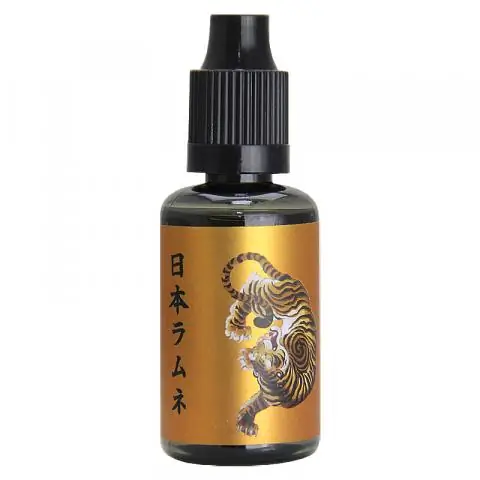
Everything about the Chamora Turusi strawberry variety: from planting and care to picking berries. Productivity, terms of fruiting, reviews of gardeners
What Is The Difference Between The IPhone 6 And 6s And Plus, Which Is Better

Comparison of smartphones Iphone 6, 6s and 6+. Which model is better to buy. User reviews
What Is The Difference Between Influenza And ARVI, Acute Respiratory Infections And Colds, Table Of Differences
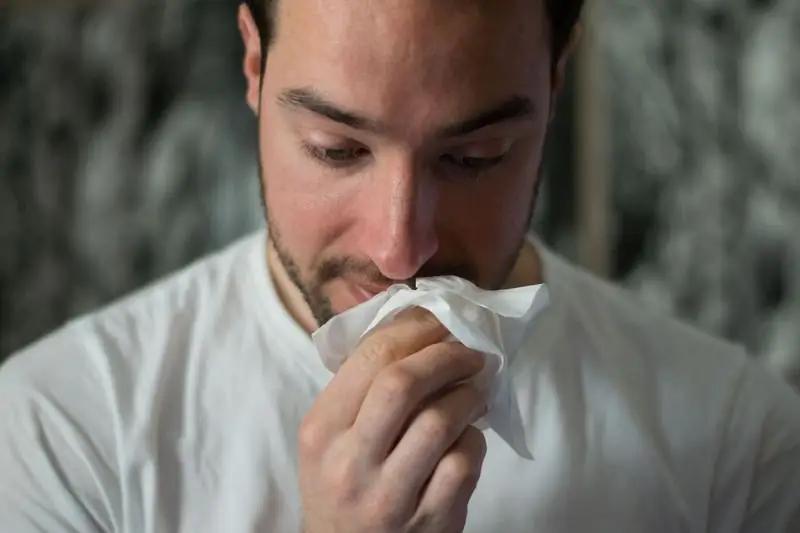
Differences between colds, SARS, flu, acute respiratory infections. Which of these is an accurate diagnosis
Photos In Life And On Instagram - The Difference Between Social Networks And Reality

Comparing Instagram photos and real life: a funny selection
What Is The Difference Between Sushi And Rolls, Photo Of Differences
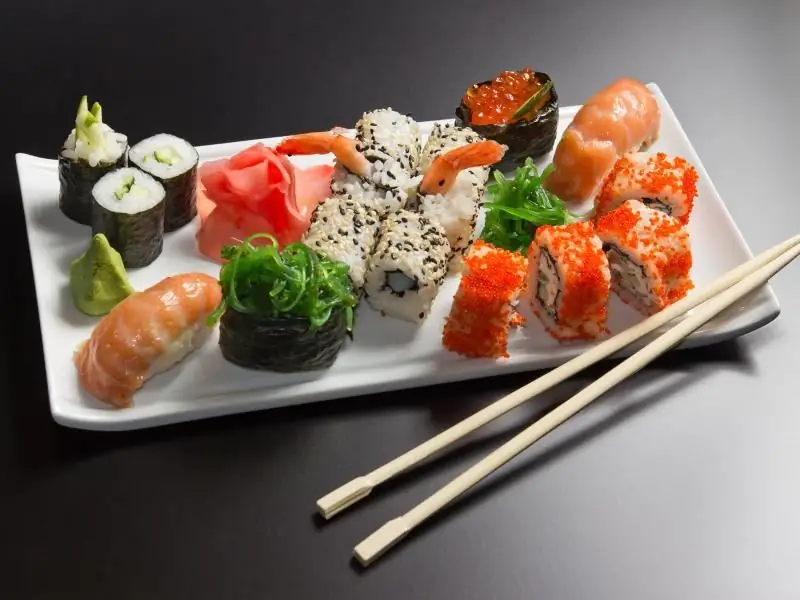
Distinctive features of sushi and rolls. Appearance, composition, methods of preparation
